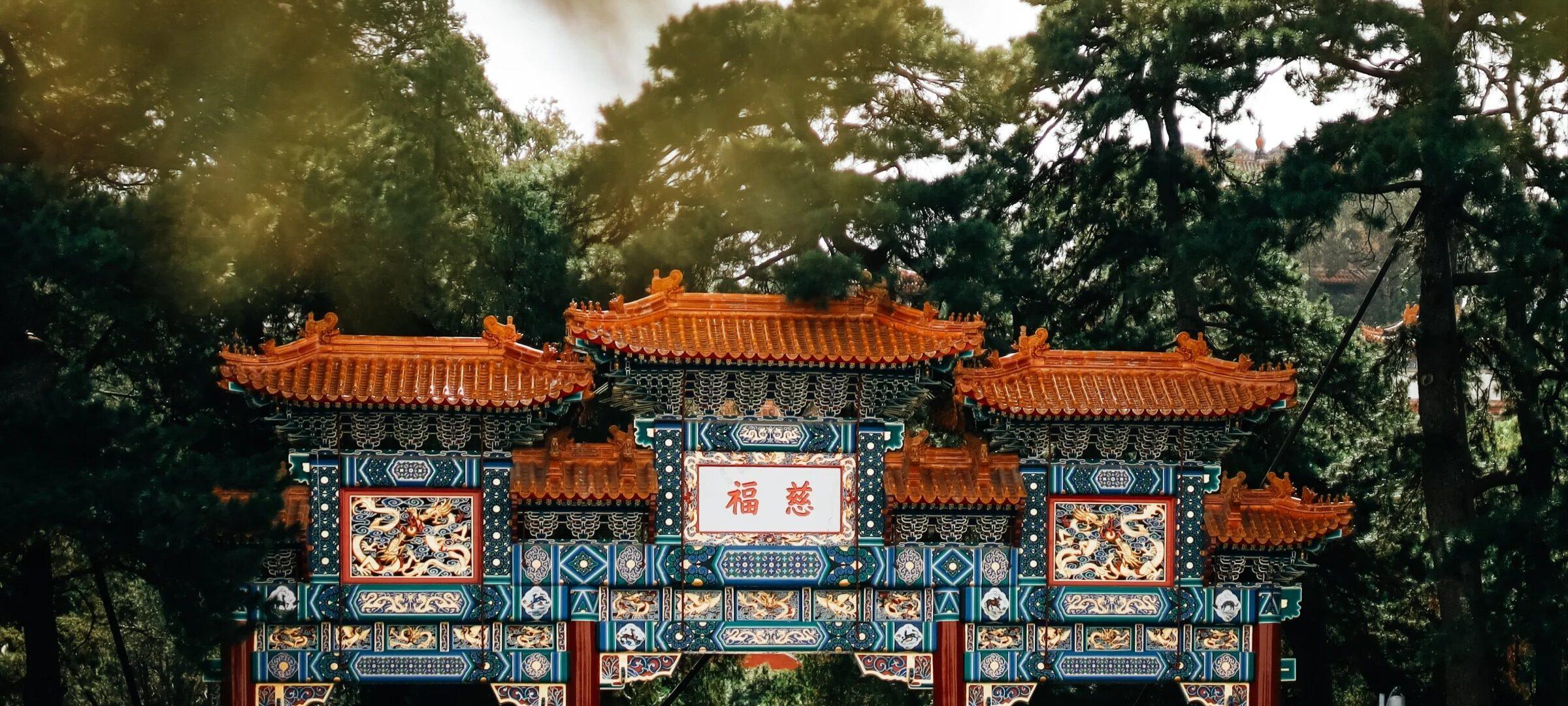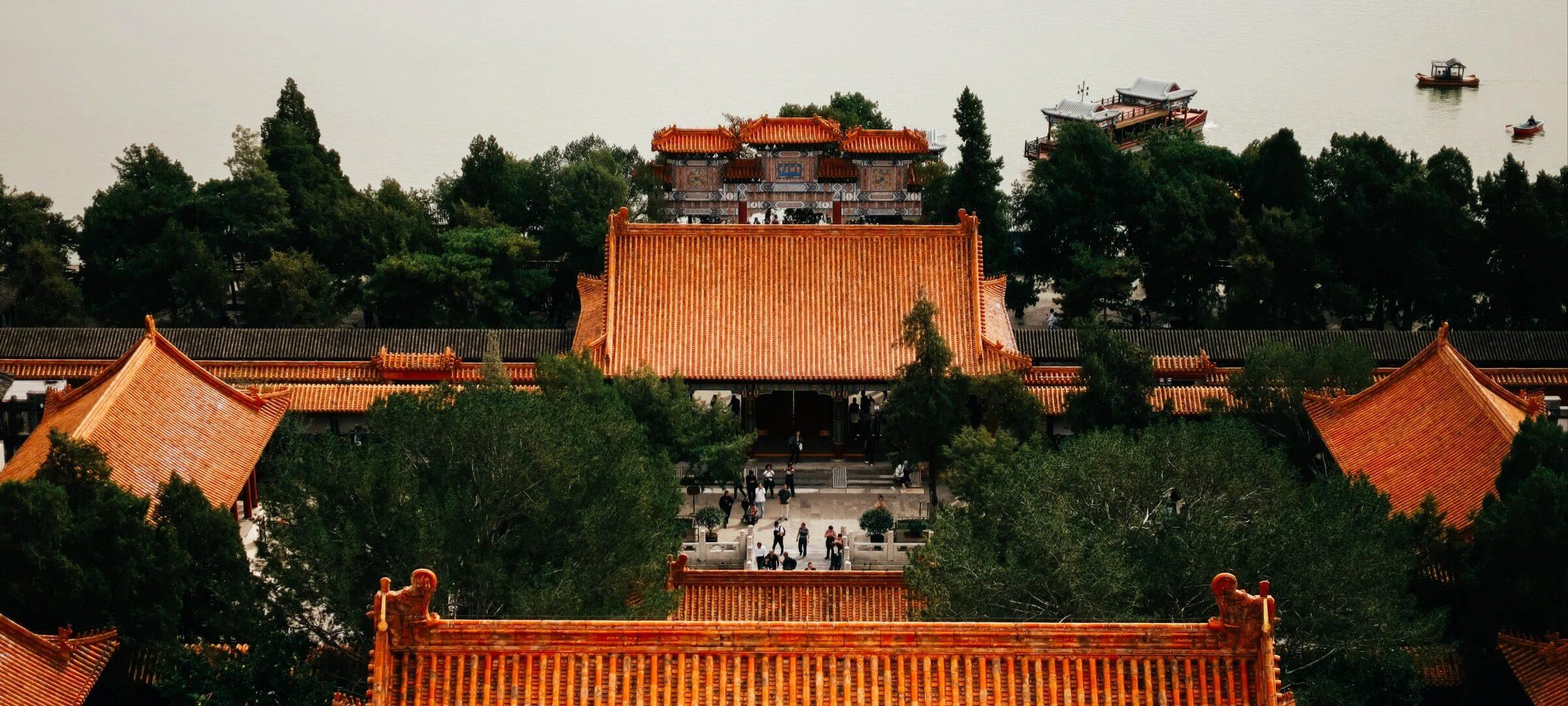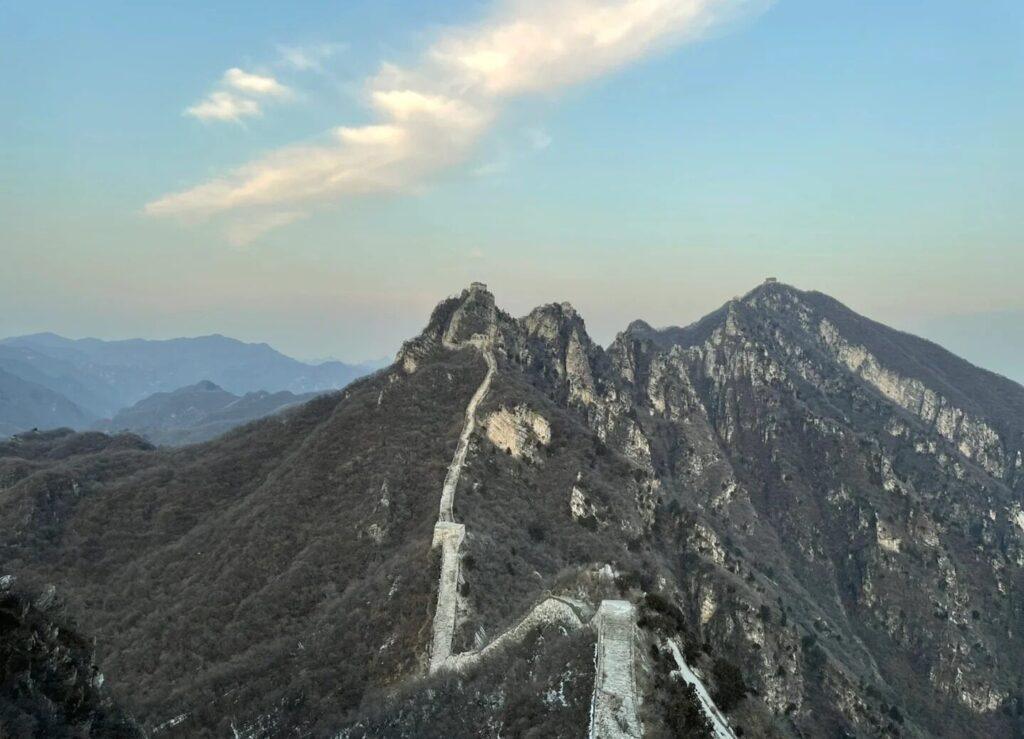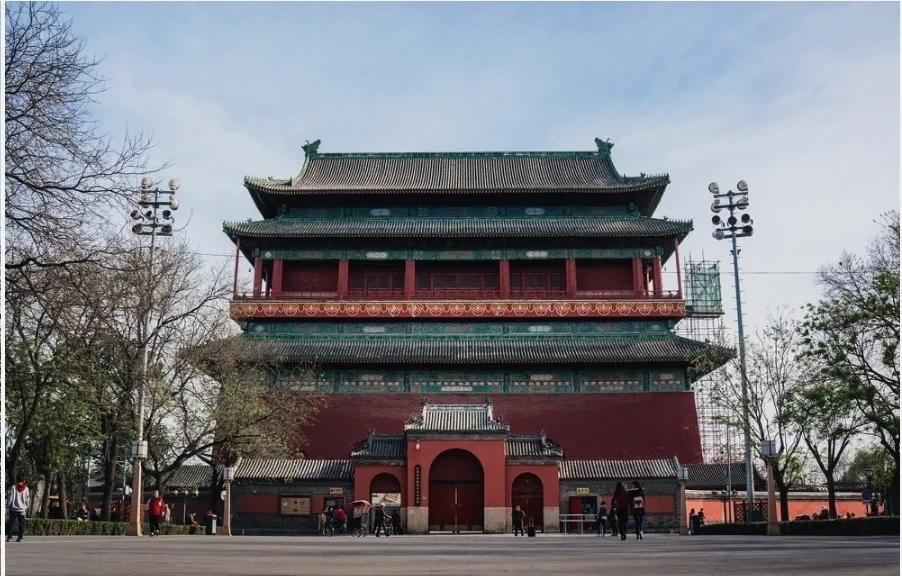Visiting Information
| Information | Details |
|---|---|
| Chinese Name | 颐和园 (Yíhéyuán) |
| Location and Address | 19 Xinjiangongmen Road, Haidian District, Beijing, China |
| Opening Time/Hours | April 1 to October 31: 6:30 AM – 6:00 PM November 1 to March 31: 7:00 AM – 5:00 PM |
| Entrance Fee | April 1 to October 31: 60 CNY November 1 to March 31: 50 CNY Additional fees for specific attractions inside |
| How to Get There | By Metro: Line 4 to Beigongmen Station (North Gate) or Line 10 to Bagou Station, then take bus 331 By Bus: Take bus 303, 330, 331, 346, 394, 563, 696, 718, 726, 732, 826 to the East Gate By Taxi: About 30-40 minutes from central Beijing |
| Best Time for Visit | April to October for pleasant weather and lush gardens |
| Contact Info | +86 10 6288 1144 |
Overview
The Summer Palace, known as Yiheyuan in Chinese, is a vast ensemble of lakes, gardens, and palaces in Beijing. It serves as a popular tourist destination and recreational park. Mainly dominated by Longevity Hill and Kunming Lake, it covers an expanse of 2.9 square kilometers, three-quarters of which is water. The Summer Palace is widely recognized as ‘The Museum of Royal Gardens’, featuring a variety of palaces, gardens, and other classical-style architectural structures.
Historical Background
The origins of the Summer Palace date back to the Jurchen-led Jin dynasty in 1153. It was significantly enlarged and embellished by Emperor Qianlong in the 18th century, becoming a summer resort for imperial families. In 1860, it was largely destroyed in the Second Opium War. Empress Dowager Cixi rebuilt it in 1888 with funds originally designated for the navy, giving it the name Yiheyuan (Garden of Health and Harmony). After being ravaged during the Boxer Rebellion in 1900, it was restored and became a public park in 1924. In 1998, UNESCO included the Summer Palace on its World Heritage List.
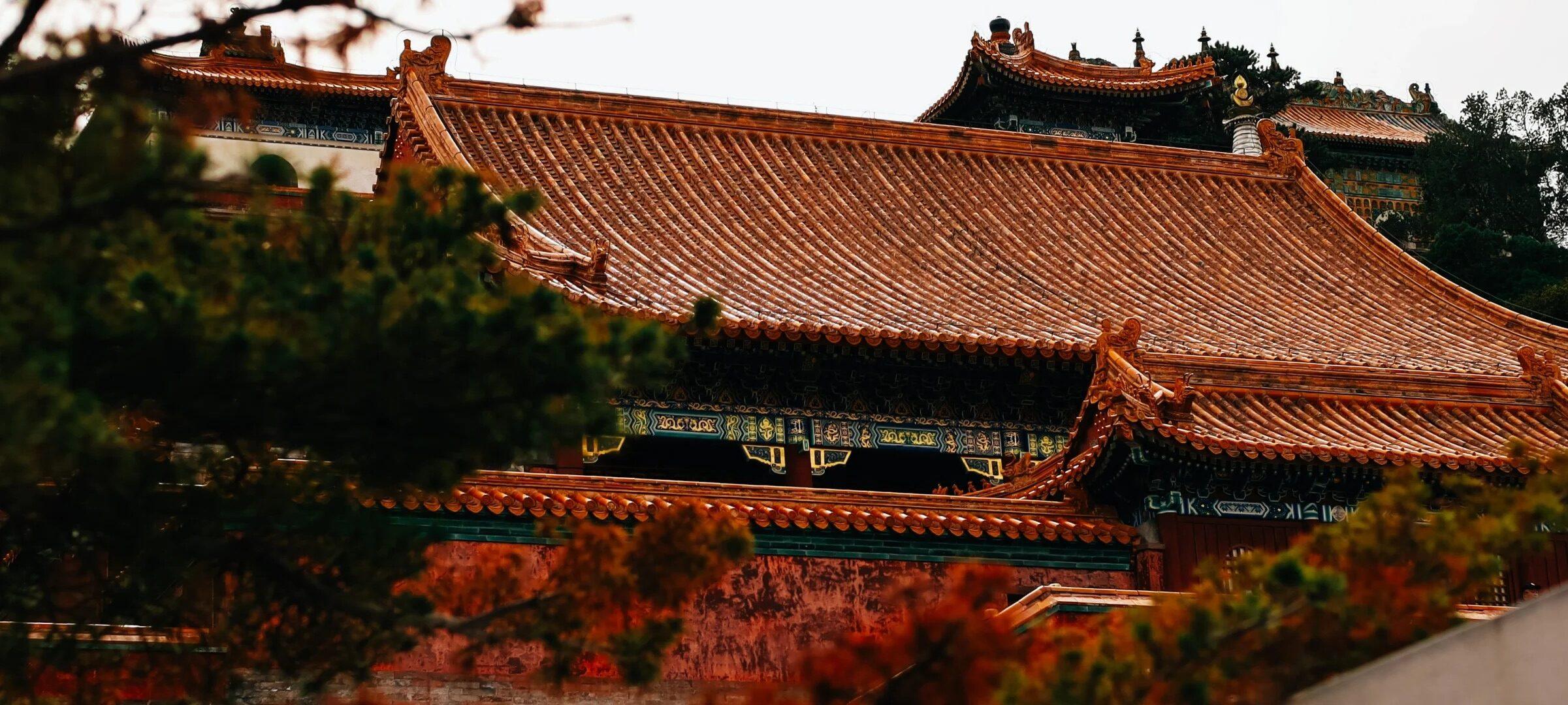
Architectural Features
- Longevity Hill: This 60-meter high hill is the focal point of the Summer Palace. It’s adorned with various buildings positioned in sequence. The front features the Hall of Benevolence and Longevity, the Hall of Jade Ripples, and the Hall of Joyful Longevity, while the back slope is adorned with the Tower of Buddhist Incense, the most iconic building of the Summer Palace.
- Kunming Lake: Covering about three quarters of the Summer Palace, this vast lake was expanded from the original Golden Water Pond. It’s modeled on the West Lake in Hangzhou and features three islands that reference the fairyland mountains of the East Sea in Chinese mythology. The lake is crossed by the 17-arch bridge, a magnificent structure connecting the eastern shore to Nanhu Island.
- The Long Corridor: Stretching for 728 meters along the northern shore of Kunming Lake, the Long Corridor is the world’s longest painted corridor. It’s decorated with more than 14,000 paintings depicting scenes from Chinese literature, folk tales, and landscapes. The corridor provided a sheltered walkway for the imperial family to enjoy the scenery in any weather.
- The Marble Boat: Located at the western end of the Long Corridor, this two-story structure is not actually a boat but a lakeside pavilion built to resemble a European-style stone boat. It was originally built in 1755 during the reign of Emperor Qianlong and was rebuilt in 1893 on order of Empress Dowager Cixi.
Cultural Importance
The Summer Palace stands as a masterpiece of Chinese landscape garden design, harmoniously combining natural landscapes with artificial features. It represents the philosophy and practice of Chinese garden design, which aims to recreate natural landscapes in miniature. The complex serves as a testament to the extravagance and architectural prowess of the Qing Dynasty, offering insights into imperial life and Chinese aesthetics. Its historical significance, tied to key events in modern Chinese history, makes it an important site for understanding China’s past. Today, it continues to be a symbol of Chinese culture, attracting millions of visitors annually and playing a crucial role in preserving and showcasing traditional Chinese architecture and garden design.
Surrounding Attractions
- Old Summer Palace (Yuanmingyuan): Located just east of the Summer Palace, the Old Summer Palace was once a grand complex of palaces and gardens. Destroyed in 1860 during the Second Opium War, its ruins now serve as a historical park. Visitors can explore the remaining foundations, canals, and European-style maze, gaining insight into the original grandeur of the site and its tragic history.
- Fragrant Hills Park (Xiangshan Park): Situated about 10 kilometers northwest of the Summer Palace, Fragrant Hills Park is a large public park and former imperial garden. Known for its natural scenery and cultural relics, it’s especially popular in autumn when the maple leaves turn bright red. The park features several historical temples and the Shuangqing Villa, once Mao Zedong’s residence.
- Beijing Botanical Garden: Located at the foot of the Western Hills, about 10 kilometers from the Summer Palace, this expansive garden showcases a wide variety of plants. It includes several specialized gardens, a conservatory, and research facilities. The garden is particularly famous for its peony garden and the ancient Wofo Temple within its grounds.
- Tsinghua University: One of China’s most prestigious universities, Tsinghua is located about 3 kilometers east of the Summer Palace. While primarily an educational institution, its campus features beautiful traditional Chinese architecture mixed with Western influences. Visitors can admire buildings like the Grand Auditorium and stroll around Tsinghua Garden, a classical Chinese garden within the campus.
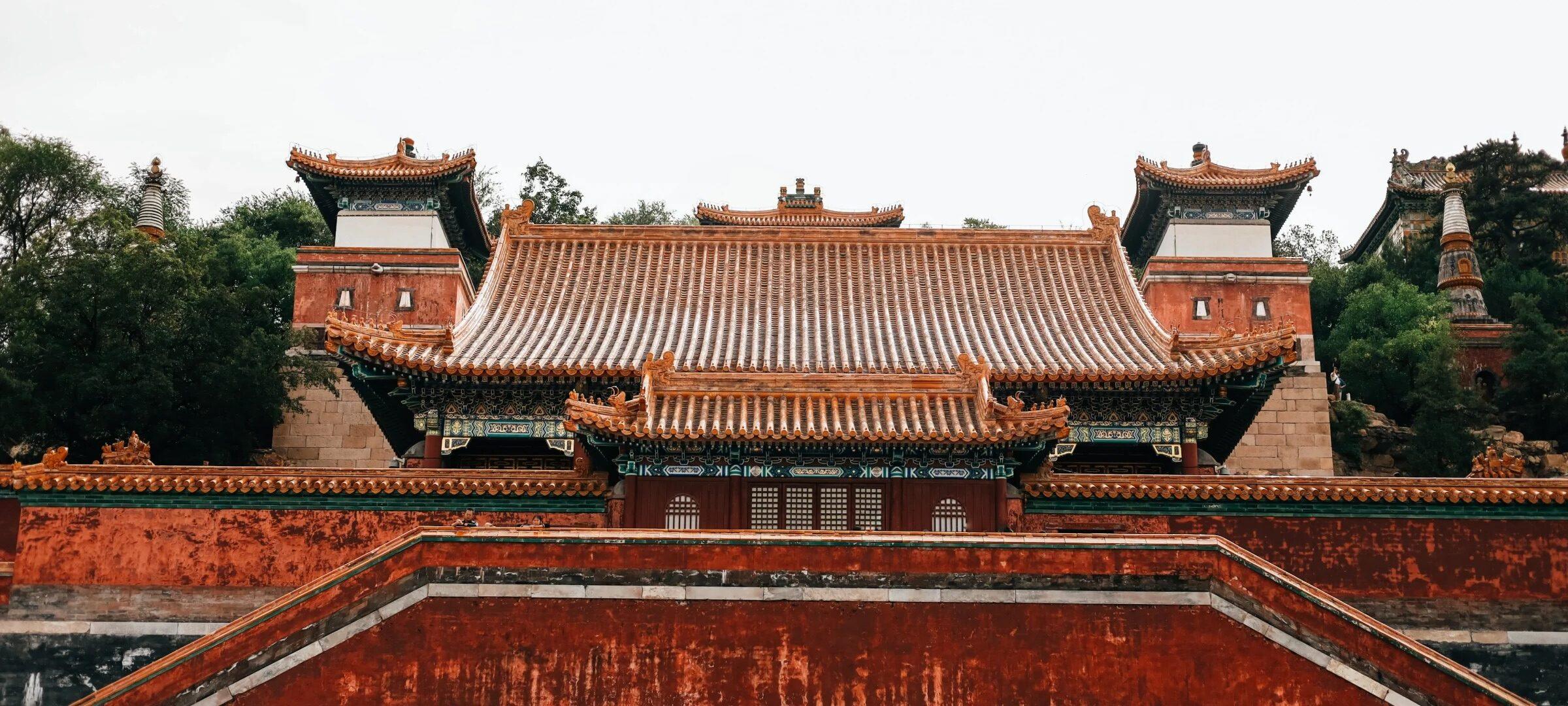
Photography Opportunities
- Kunming Lake Panorama: The vast expanse of Kunming Lake offers stunning panoramic views, especially from elevated positions on Longevity Hill. Photographers can capture the interplay of water, sky, and distant mountains, with the lake’s islands and bridges providing focal points. The scene is particularly breathtaking during sunrise and sunset when the light paints the water in golden hues.
- The Long Corridor: This architectural marvel provides unique framing opportunities for photographers. The repetitive arches of the corridor create leading lines, while the intricate paintings on the beams offer colorful details. The interplay of light and shadow along the corridor changes throughout the day, offering varied photographic possibilities.
- Tower of Buddhist Incense: As the highest point in the Summer Palace, this tower offers both a striking subject for photographs and an excellent vantage point for capturing panoramic views. Its octagonal structure and multiple eaves create interesting shapes and shadows, especially when bathed in the warm light of sunrise or sunset.
- Seventeen-Arch Bridge: This picturesque bridge connecting the east bank of Kunming Lake to Nanhu Island is a favorite among photographers. Its reflection in the calm waters of the lake, especially during the golden hours, creates stunning symmetrical compositions. The bridge also serves as an excellent foreground element for wider shots of the lake and Longevity Hill.
Modern Importance
- Cultural Heritage Preservation: The Summer Palace plays a crucial role in preserving China’s cultural heritage. As a UNESCO World Heritage site, it serves as a living museum of imperial Chinese garden design and architecture. Ongoing conservation efforts not only maintain the physical structures but also preserve traditional craftsmanship and design principles, ensuring that future generations can appreciate and learn from this historical treasure.
- Environmental Conservation: The Summer Palace, with its large lake and extensive gardens, serves as an important green space in Beijing. It plays a vital role in the city’s ecosystem, providing habitat for various species of plants and animals. The management of Kunming Lake is particularly important for water conservation in the region. The palace complex serves as a model for sustainable landscape management in urban areas.
- Tourism and Economy: As one of Beijing’s top tourist attractions, the Summer Palace significantly contributes to the local and national tourism industry. It attracts millions of visitors annually, both domestic and international, generating substantial revenue and supporting numerous jobs in the tourism and service sectors. The palace’s popularity also boosts the economy of surrounding areas through increased business for hotels, restaurants, and shops.
- Education and Research: The Summer Palace serves as an invaluable resource for education and research in various fields including history, architecture, garden design, and cultural studies. It provides a tangible link to China’s imperial past, offering scholars and students a wealth of material for study. The palace also hosts educational programs and exhibitions, helping to disseminate knowledge about Chinese history and culture to the general public.
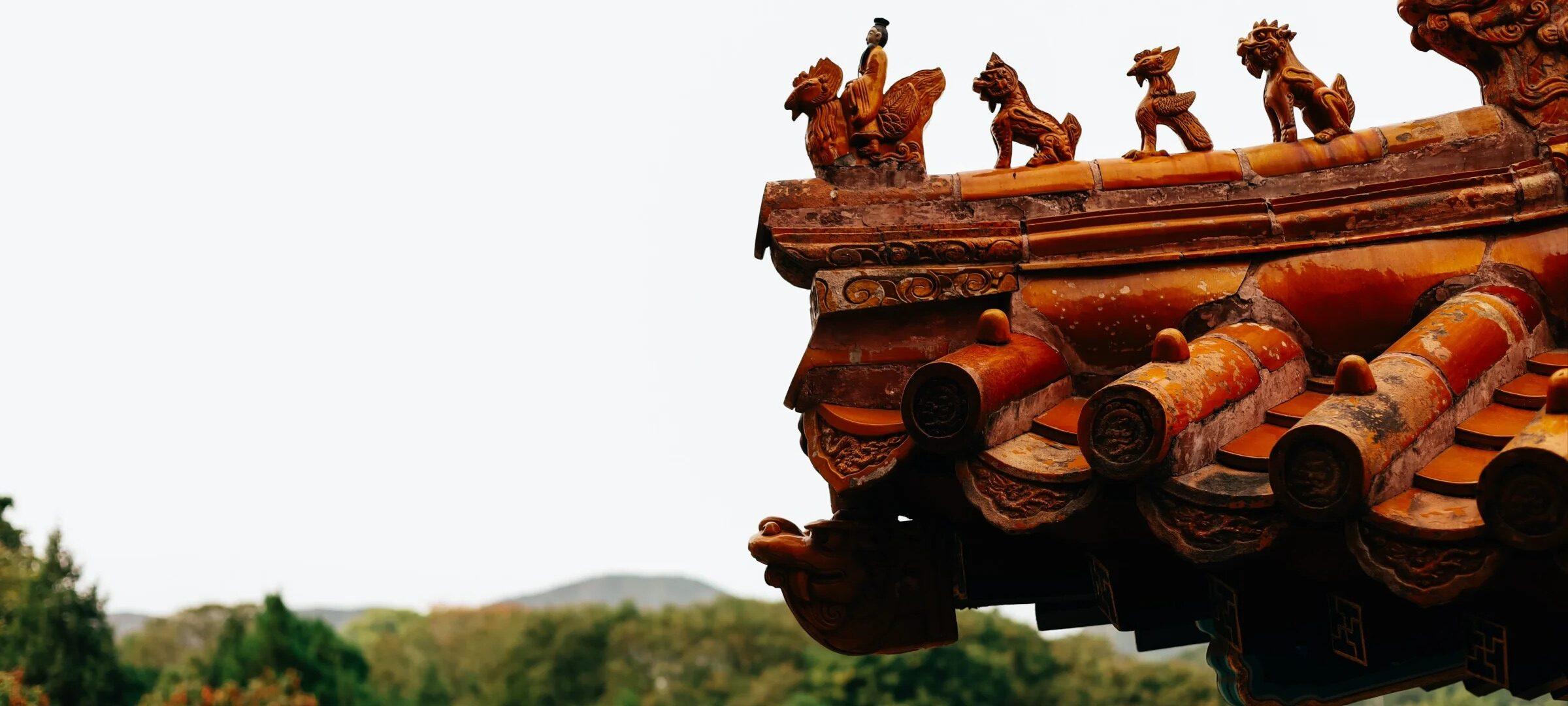
FAQ
- What is The Summer Palace famous for?
The Summer Palace is famous for its vast ensemble of lakes, gardens, and palaces. It’s renowned for its beautiful landscape design, intricate architecture, and historical significance as an imperial garden and summer resort. - What’s inside The Summer Palace?
Inside The Summer Palace, you’ll find Longevity Hill, Kunming Lake, numerous temples and pavilions, the Long Corridor, the Marble Boat, and various gardens. Key structures include the Tower of Buddhist Incense, the Hall of Benevolence and Longevity, and the Seventeen-Arch Bridge. - Is The Summer Palace free?
No, The Summer Palace is not free. There is an entrance fee that varies depending on the season, with additional fees for certain attractions inside the palace grounds. - Is The Summer Palace worth visiting?
Yes, The Summer Palace is definitely worth visiting. It offers a unique blend of natural beauty and historical architecture, providing insights into imperial China’s culture and history. Its UNESCO World Heritage status attests to its cultural significance. - What to do in The Summer Palace?
At The Summer Palace, you can explore the gardens, climb Longevity Hill for panoramic views, take a boat ride on Kunming Lake, walk along the Long Corridor, visit various temples and pavilions, enjoy traditional performances, and learn about Chinese history and culture. - How do I get to The Summer Palace in the local city?
To get to The Summer Palace in Beijing:
1. By Metro: Take Line 4 to Beigongmen Station (North Gate) or Line 10 to Bagou Station, then bus 331.
2. By Bus: Take buses 303, 330, 331, 346, 394, 563, 696, 718, 726, 732, or 826 to the East Gate.
3. By Taxi: It’s about a 30-40 minute ride from central Beijing. - How to visit The Summer Palace?
To visit The Summer Palace:
1. Plan to spend at least half a day, or a full day if you want to explore thoroughly.
2. Buy tickets at the entrance or book in advance during peak seasons.
3. Consider getting an audio guide or joining a tour for better understanding of the site’s history.
4. Wear comfortable walking shoes as there’s a lot of ground to cover.
5. Start with Longevity Hill and the main structures, then explore Kunming Lake.
6. Take a boat ride on the lake for a different perspective.
7. Walk along the Long Corridor to appreciate the intricate artwork.
8. Visit in the morning to avoid crowds and afternoon heat in summer.
9. Bring water and snacks, though there are also restaurants on site.
10. Check the schedule for traditional performances if you’re interested.


